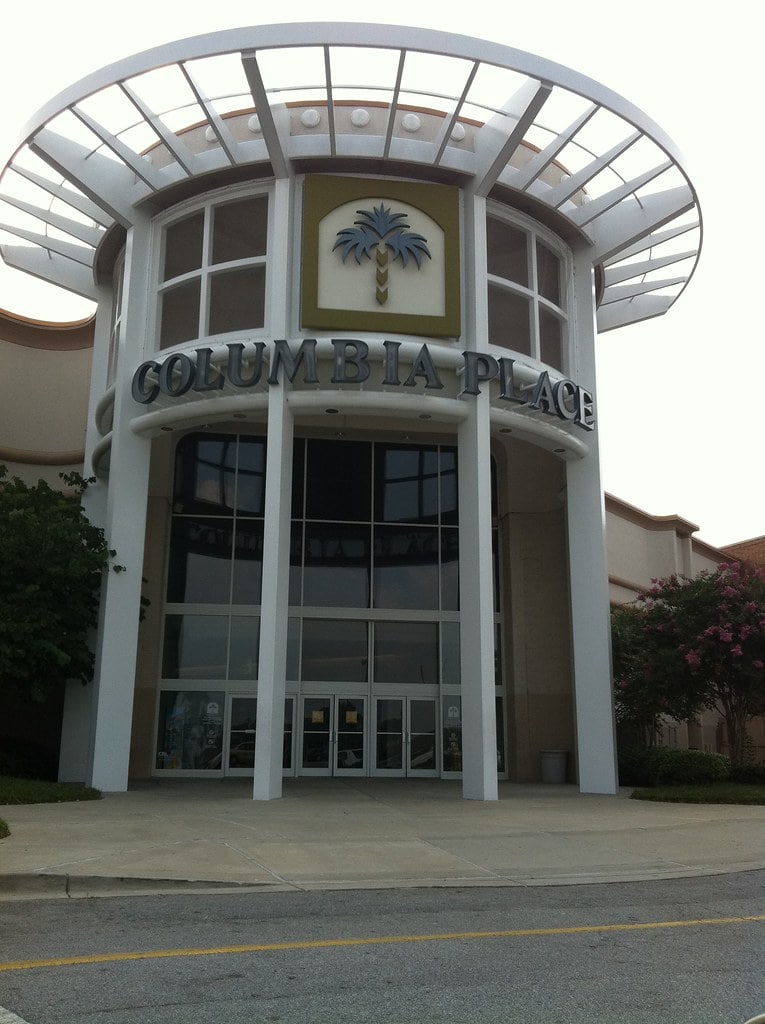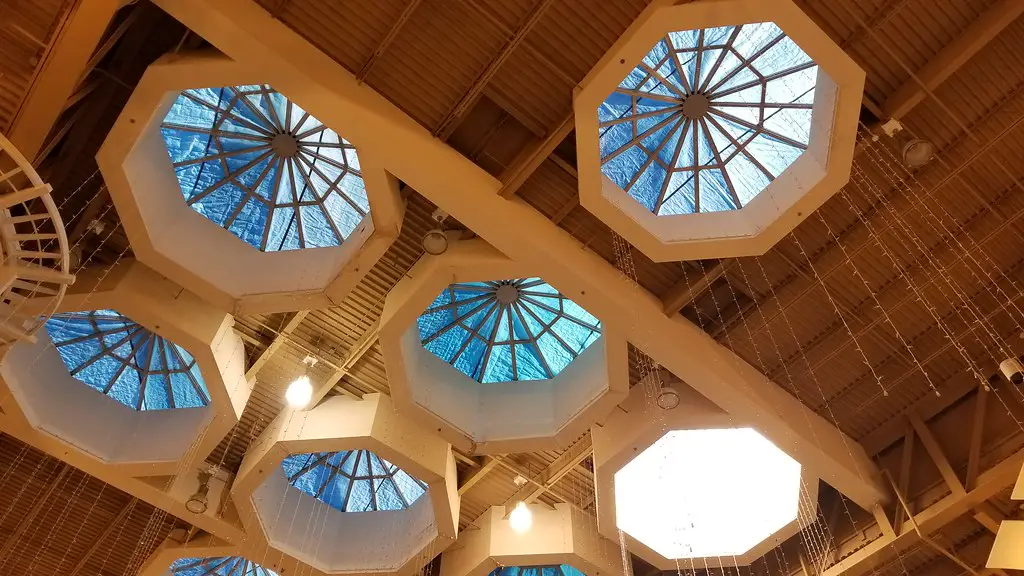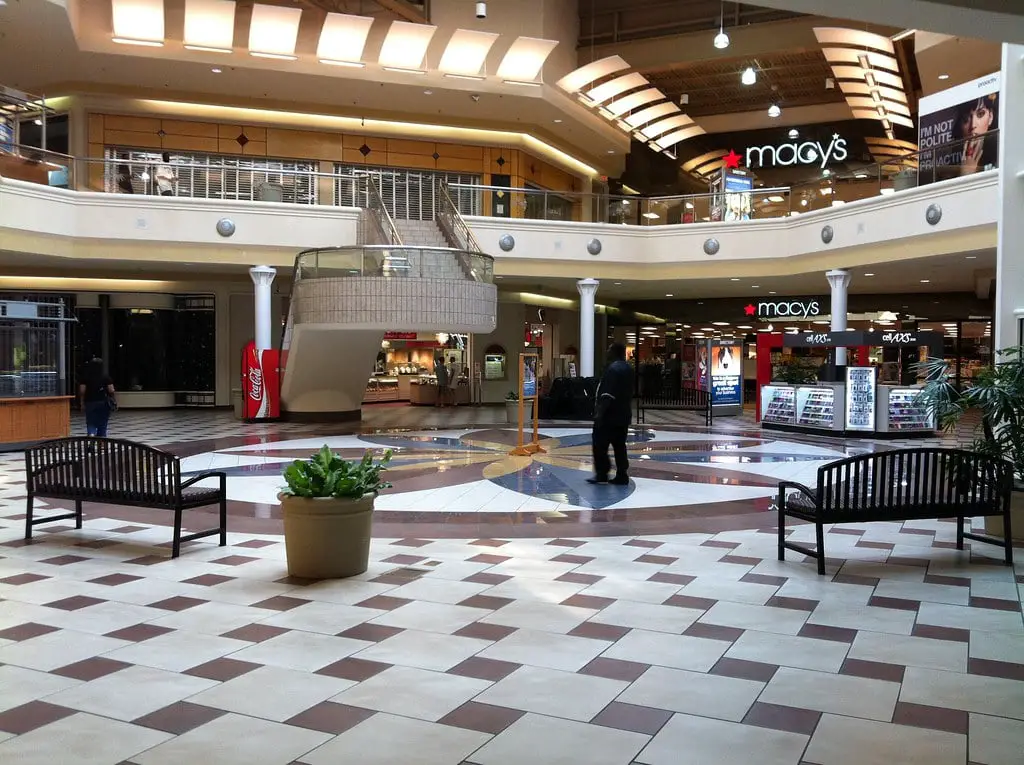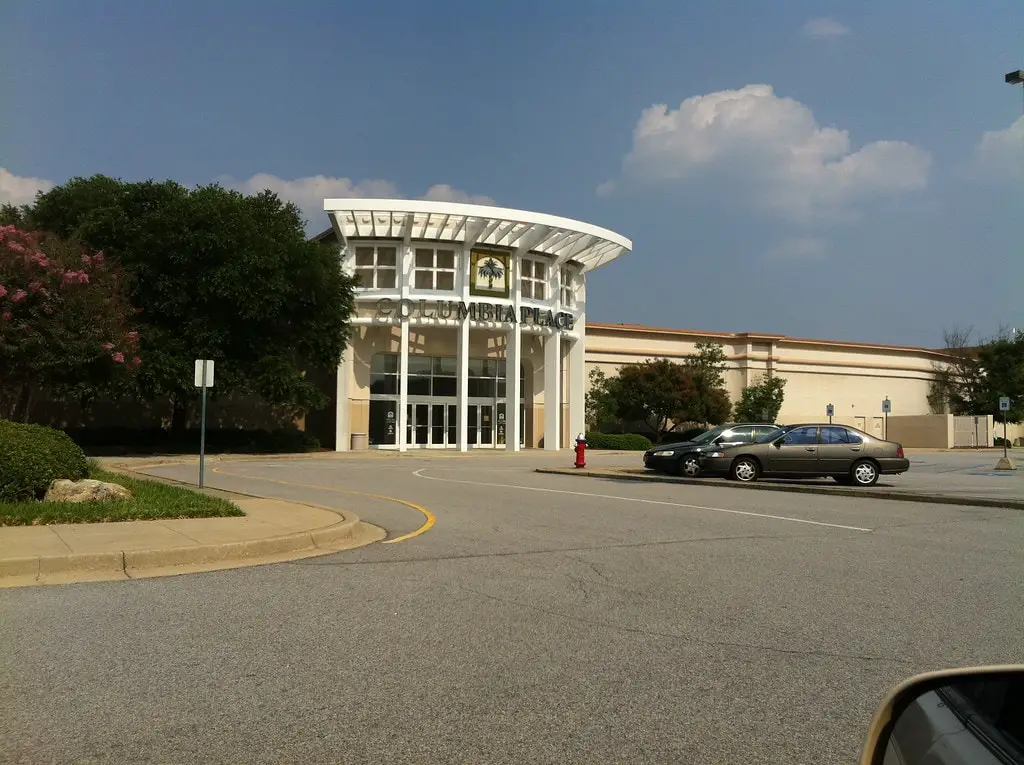The Inception and Early Glory of Columbia Place Mall
The Establishment of a Retail Landmark
In 1977, Columbia Place Mall emerged as a significant retail destination in Columbia, South Carolina.
Developed by the Richard E. Jacobs Group, a renowned name in shopping center development, the mall was strategically positioned just off Interstate 77 and Interstate 20 on Two Notch Road.
This location was not only accessible but also visible, making it a prime spot for a shopping hub.
The opening of Columbia Place Mall marked a new era in Columbia's retail landscape, offering the residents a modern shopping experience.
The Original Anchor Stores and Their Appeal
From its inception, Columbia Place Mall was home to major anchor stores that drew crowds and set the tone for a thriving retail environment.
Belk, JCPenney, and Sears were among the original anchors, each bringing their unique retail brand to the mall. Shortly after, Rich's joined the lineup, further enhancing the mall's appeal.
These stores were not just places to shop; they were destinations that offered various products under one roof.
The presence of these retail giants made Columbia Place Mall a go-to place for shopping and significantly contributed to its early success.
A Hub for Retail and Community Engagement
The early years of Columbia Place Mall were marked by bustling activity and a growing reputation as a center for commerce and community interaction.
It quickly became more than just a shopping destination; it was a place where people gathered, socialized, and participated in community events.
The mall's design and layout facilitated this, with wide corridors, comfortable seating areas, and spaces for events and promotions.
Things to do in Columbia, SC, often included a visit to this iconic mall, not only for shopping but also for the experience it offered.
The mall's early glory days set a high standard for retail in the region and laid the foundation for its future developments.
In these formative years, Columbia Place Mall established itself as a cornerstone of the retail industry in Columbia, South Carolina.
Its strategic location, strong lineup of anchor stores, and a design that encouraged community engagement made it a model for successful mall development in the late 20th century.
Evolution and Major Retail Shifts
Transition of Anchor Stores and Retail Dynamics
The landscape of Columbia Place Mall underwent significant changes in the mid-1990s. In 1995, Dillard's, a well-known American department store chain, replaced Belk as one of the anchor stores.
This shift marked a new chapter in the mall's retail story, introducing a different style and product range.
However, the mall faced a major setback in 2007 when JCPenney, one of its original anchors, departed.
This move was JCPenney's strategy to relocate to the then-new lifestyle center, Village at Sandhill, located 10 miles away.
The exit of JCPenney was a blow to the mall's traffic and status as a premier shopping destination.

The Addition of a Food Court and First Renovation
In 1997, Columbia Place Mall expanded its offerings by adding an 8-unit food court, diversifying its appeal beyond just shopping.
This addition was a move to enhance the overall customer experience, providing shoppers with various dining options. 2002 marked another milestone for the mall with its first major renovation.
This renovation aimed to modernize the mall's aesthetics and improve its functionality, ensuring it remained competitive and appealing to shoppers.
Adapting to the Changing Retail Environment
The departure of JCPenney in 2007 and the closure of Dillard's in 2008 were indicative of the broader challenges traditional malls across America face.
As shopping habits evolved and competition from online retailers intensified, Columbia Place Mall had to navigate these changing dynamics.
Despite these challenges, the mall continued to serve as a key retail destination in Columbia, adapting its tenant mix and marketing strategies to stay relevant in a rapidly evolving retail landscape.
Ownership Transitions and Financial Challenges
Changing Hands in Ownership
In 2001, Columbia Place Mall experienced a change in ownership. CBL & Associates Properties, a prominent real estate investment trust, acquired the mall, bringing new management and strategic direction.
This transition was part of the broader retail real estate market trends, where ownership and management of malls frequently changed hands.
Management Shifts and Foreclosure Issues
The mall's journey through the early 2010s was challenging. Spinoso Real Estate Group of North Syracuse, New York, managed it for a period.
This change occurred after CBL & Associates Properties lost the property in foreclosure.
The foreclosure reflected the financial difficulties many traditional malls faced during this period, as they struggled with declining foot traffic and competition from online shopping platforms.

Acquisition by Moonbeam Capital Investments
In a significant development on October 31, 2014, Las Vegas-based real estate investor Moonbeam Capital Investments acquired Columbia Place Mall.
This acquisition marked a new phase in the mall's history, with Moonbeam bringing a fresh perspective and strategy to revive the mall's fortunes.
The new ownership was tasked with addressing the challenges of an evolving retail landscape and repositioning Columbia Place Mall as a viable shopping and entertainment destination in the face of growing competition and changing consumer preferences.
Decline of Traditional Retail and Store Closures
The Closure of Major Stores and Its Impact
The late 2010s marked a challenging period for Columbia Place Mall, characterized by the closure of key stores.
In 2017, Sears announced its departure as part of a nationwide plan to close 72 stores. This closure in September 2017 was a significant blow to the mall, as Sears had been one of its original anchor tenants since 1977.
Following closely, Burlington, another major tenant, announced its closure in January 2018, effective February 16, 2018.
These closures reflected the broader struggles of traditional brick-and-mortar stores in the face of online competition and changing consumer habits.
The Ripple Effect on Mall Traffic and Reputation
The exit of these anchor stores had a ripple effect on Columbia Place Mall. Not only did it reduce foot traffic, but it also impacted the mall's reputation as a premier shopping destination.
The loss of these stores created a vacuum in the mall's retail offerings and posed a challenge to attract new tenants and shoppers.
The closures were symptomatic of the difficulties faced by many malls in adapting to the rapidly changing retail landscape.

Macy's: The Sole Anchor in a Changing Environment
During these closures, Macy's was Columbia Place Mall's only remaining anchor store. Its continued presence was crucial in maintaining the mall's status as a retail center.
Macy's served as a key draw for shoppers, offering a wide range of products and strengthening its appeal in a challenging retail environment.
The store's resilience and adaptability were vital in keeping the mall operational and relevant.
Current Tenant Mix and Mall's Status
Overview of Current Tenants
As of 2023, Columbia Place Mall hosts a diverse mix of tenants, reflecting a shift from traditional retail to a more varied offering.
The tenant mix includes local businesses, service providers, eateries, and Macy's anchor store.
This diversity is a strategic response to the evolving retail market, aiming to offer visitors a more holistic shopping and leisure experience.
The Mall's Current State and Community Role
Despite the challenges, Columbia Place Mall plays a significant role in the Columbia community.
The mall remains a destination for shopping and leisure activities, albeit with a different focus compared to its early years.
The current state of the mall, with its varied tenant mix and community-focused approach, reflects its ongoing efforts to stay relevant and serve the needs of the local population.
The mall's ability to adapt and evolve is crucial in maintaining its place in Columbia's retail and social landscape.

Columbia Place Mall's 2023 Redevelopment: A New Chapter
In 2023, Columbia Place embarked on a significant redevelopment phase, marking a new chapter in its history.
This transformation reflects a shift from its traditional role as a retail center to a multifaceted government complex.
Repurposing the Former Burlington Coat Factory
The first steps of the redevelopment plan involved the former Burlington Coat Factory building at Columbia Place Mall.
Richland County officials initiated the construction to transform this space into a consolidated public safety complex.
This move is a strategic repurposing of the mall's space, adapting to the changing needs and dynamics of the community.
A New Home for Public Safety and Services
The highlight of this redevelopment is creating a new facility that will house the county's 911 Center and the S.C. Department of Probation, Parole, and Pardon Services.
This development is not just a physical transformation but also a symbolic one, representing the mall's transition from a commercial hub to a vital community service center.
Expected Completion and Future Prospects
The construction of this new complex is expected to be completed by late 2024.
This redevelopment is a significant step in the mall's evolution, reflecting a broader trend of malls diversifying their functions beyond traditional retail.
The future of Columbia Place Mall, with its new role as a government and public service center, is poised to become an integral part of the community's fabric in Columbia, SC.
Community Expectations and Potential Impact
The community's expectations for the future of Columbia Place Mall are high. The potential redevelopment plans, which may include more such transformations, are anticipated to breathe new life into the mall.
These changes are expected not only to revitalize the physical space but also to have a positive impact on the local economy and community engagement.
The mall's evolution is closely watched by residents and stakeholders alike, who are hopeful for a successful reinvention of this once-thriving retail center.
Conclusion
Reflecting on Columbia Place Mall's Journey
Columbia Place Mall's journey from its inception in 1977 to its current state in 2023 is a narrative of adaptation and resilience.
The mall has witnessed the rise and fall of major retail stores, shifts in consumer behavior, and the challenges of an evolving retail landscape.
Despite these changes, it has remained a significant part of Columbia's social and economic fabric.
The Challenges of Maintaining Relevance
Columbia Place's story symbolizes traditional malls' challenges in the digital age. Adapting to changing consumer preferences, the rise of online shopping, and the economic pressures on brick-and-mortar stores have all shaped the mall's trajectory.
The mall's ability to reinvent itself, diversify its tenant mix, and repurpose spaces for new uses highlights the ongoing efforts to maintain relevance in a rapidly changing world.
Looking Forward to the Mall's Future
As Columbia Place Mall embarks on its next chapter, there is a sense of anticipation and hope. Redevelopment and transformation into a mixed-use space signal a new beginning.
The mall's evolution from a traditional retail hub to a community-centric space reflects a broader retail and real estate trend.
The future of Columbia Place Mall, while still unfolding, promises to be an integral part of Columbia's continued growth and development.
